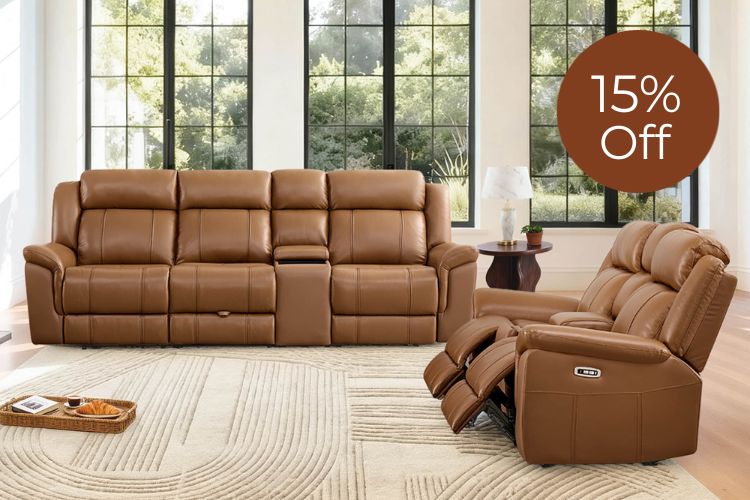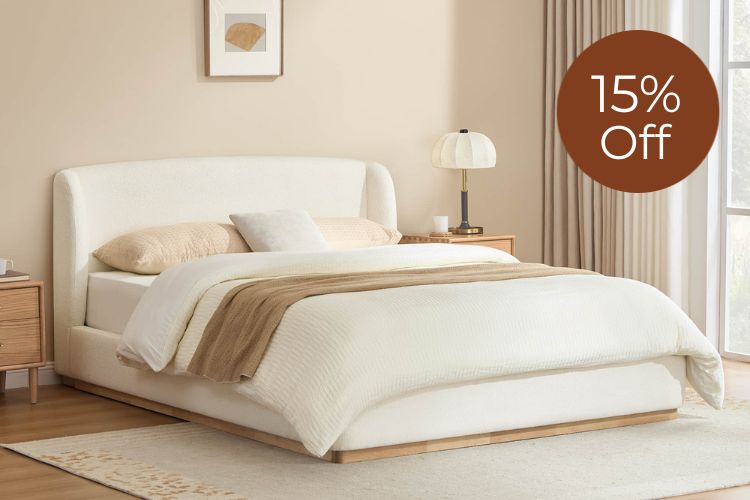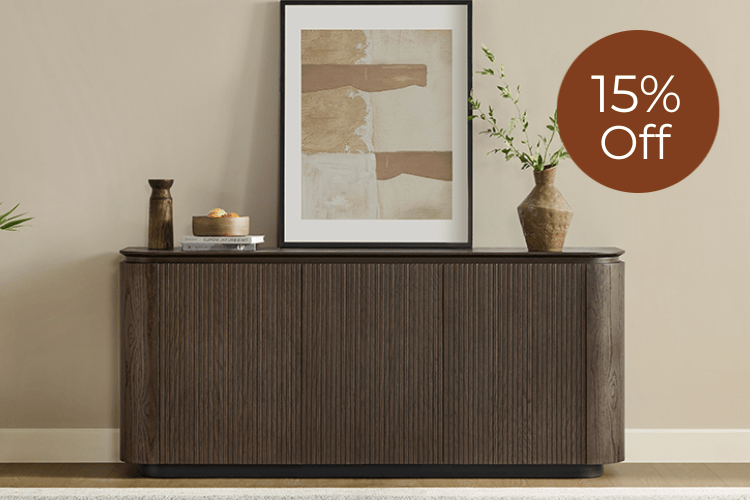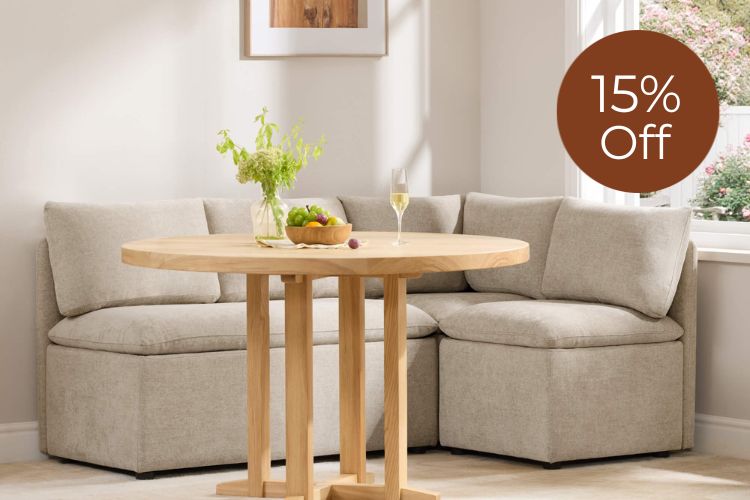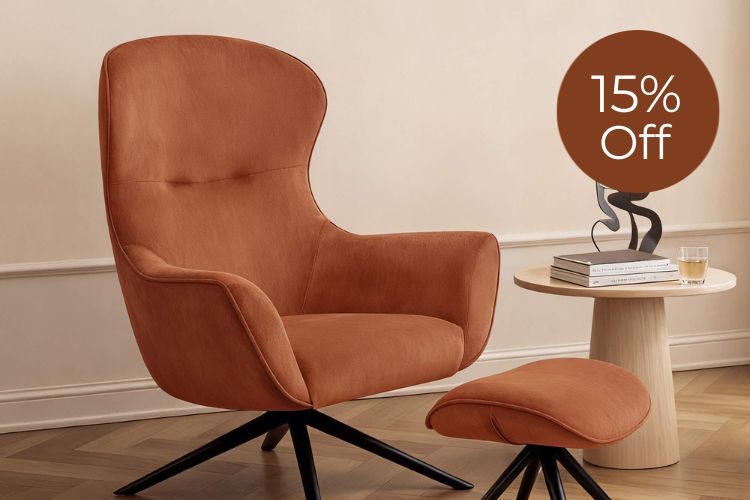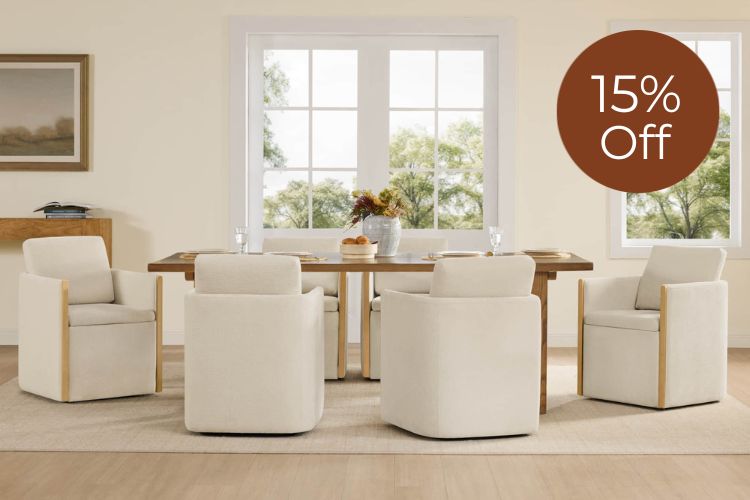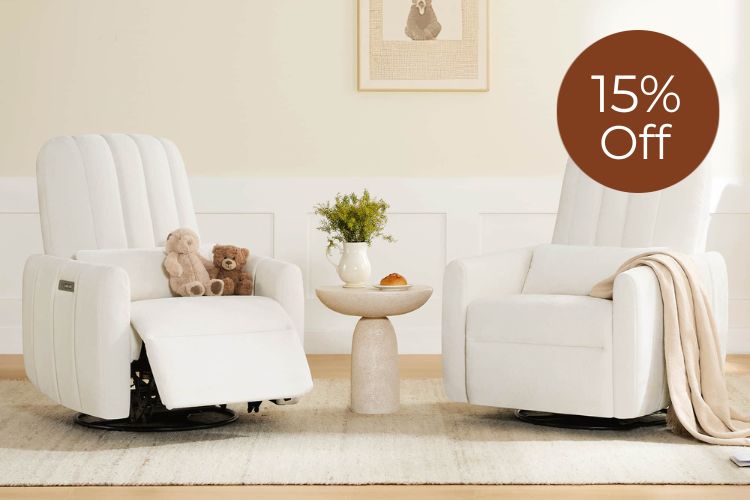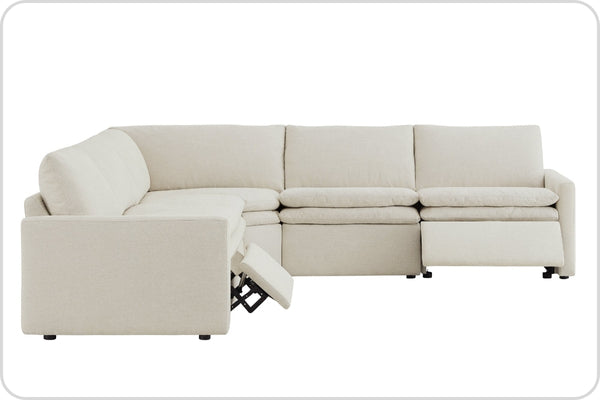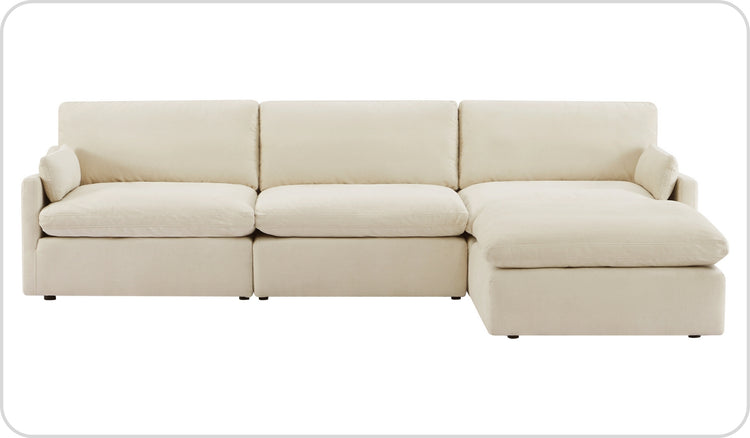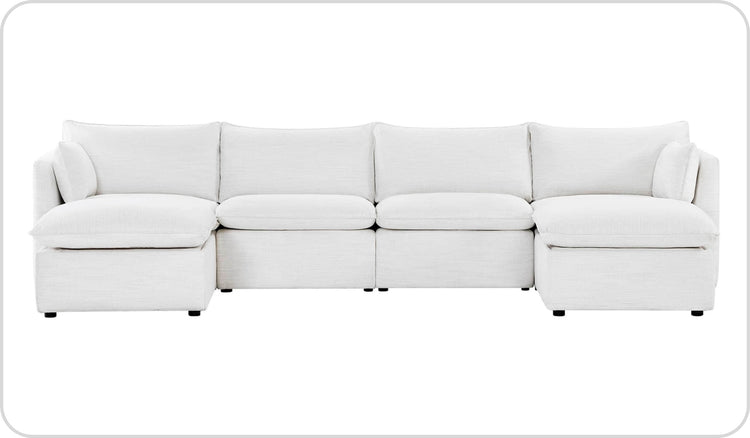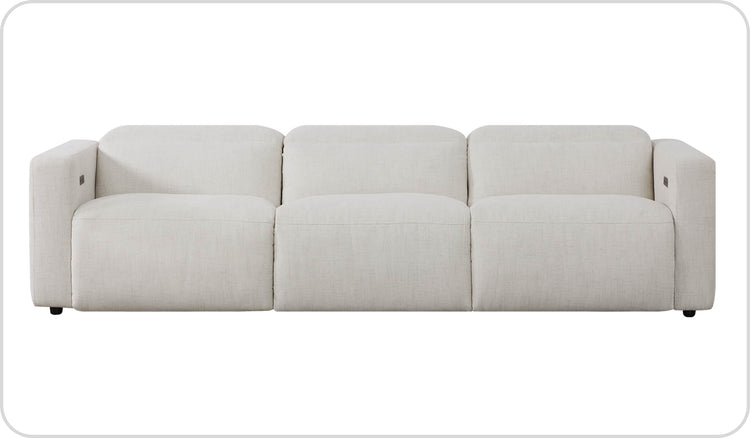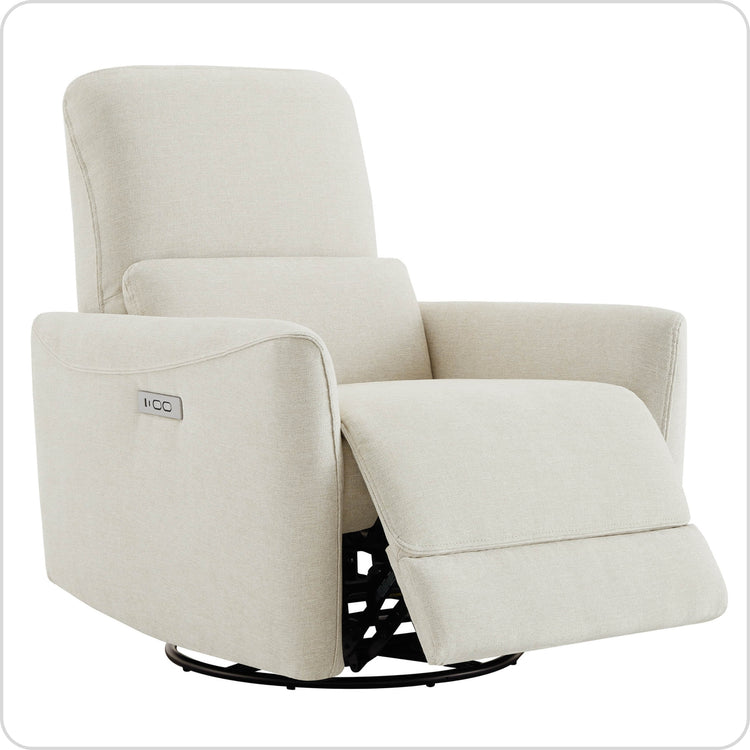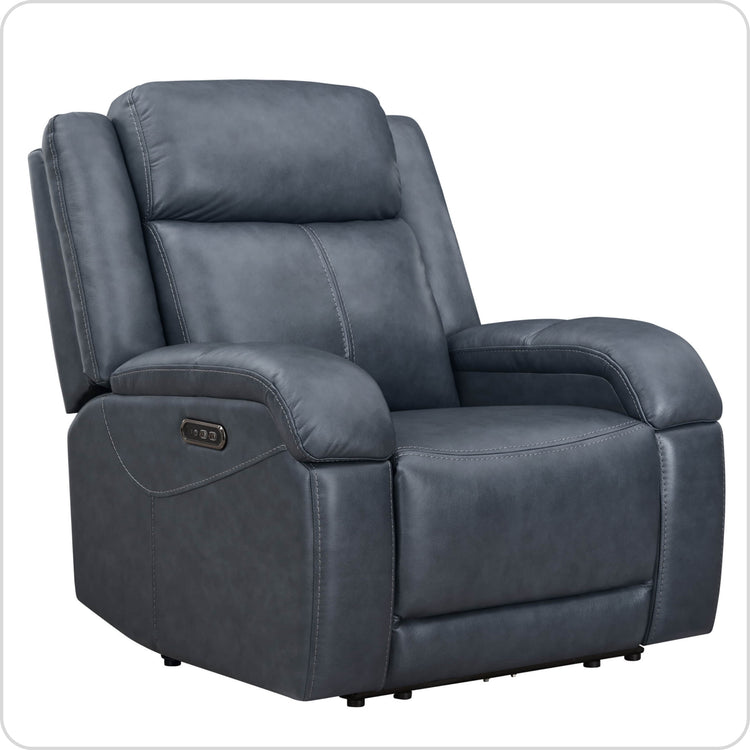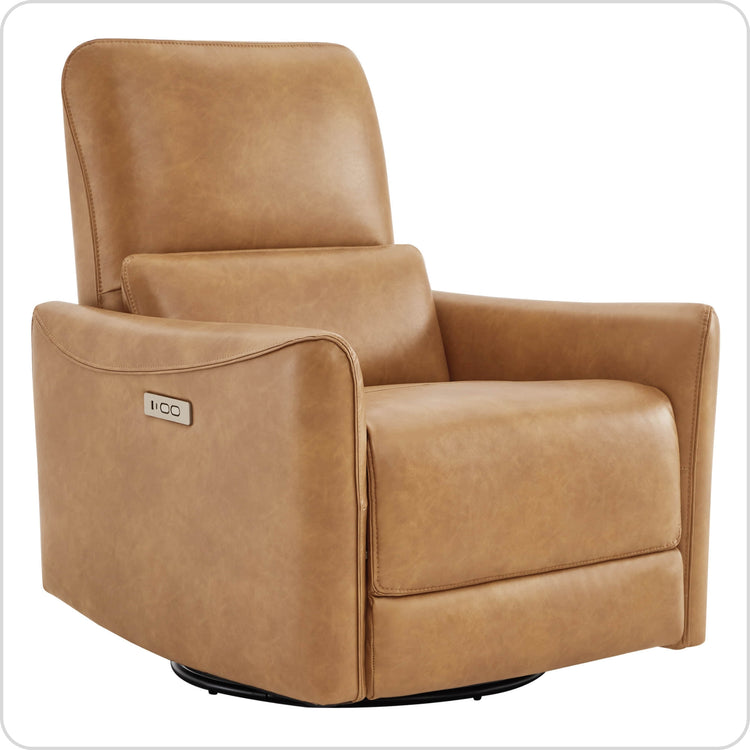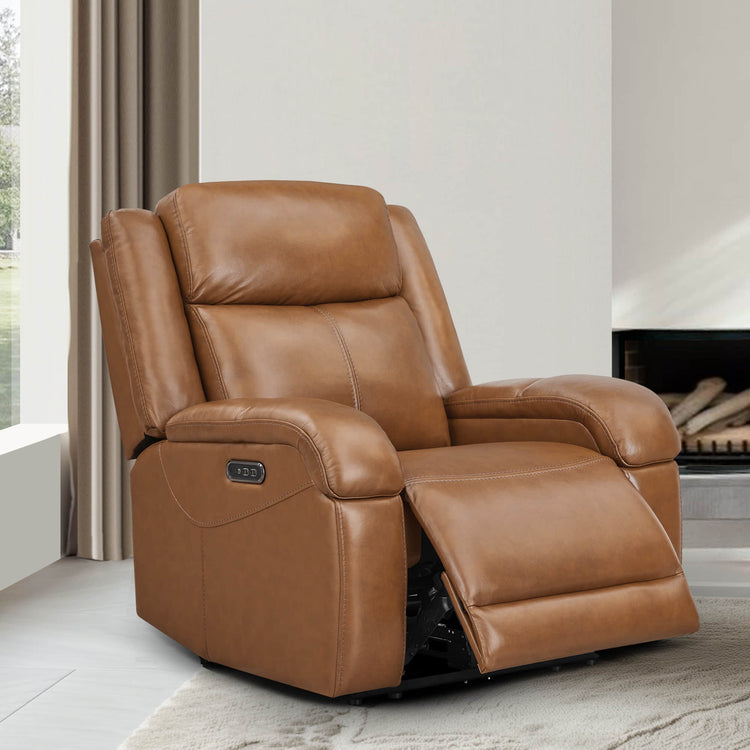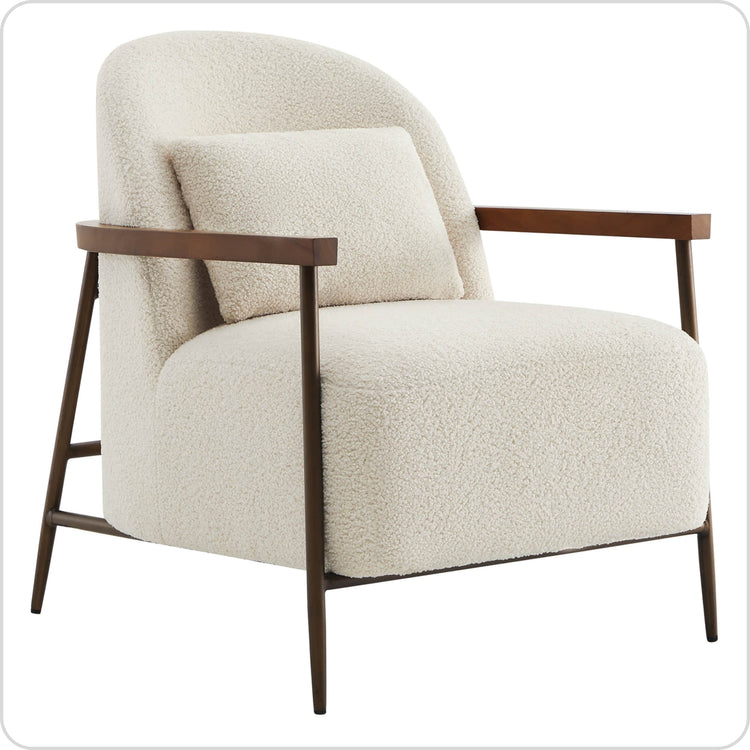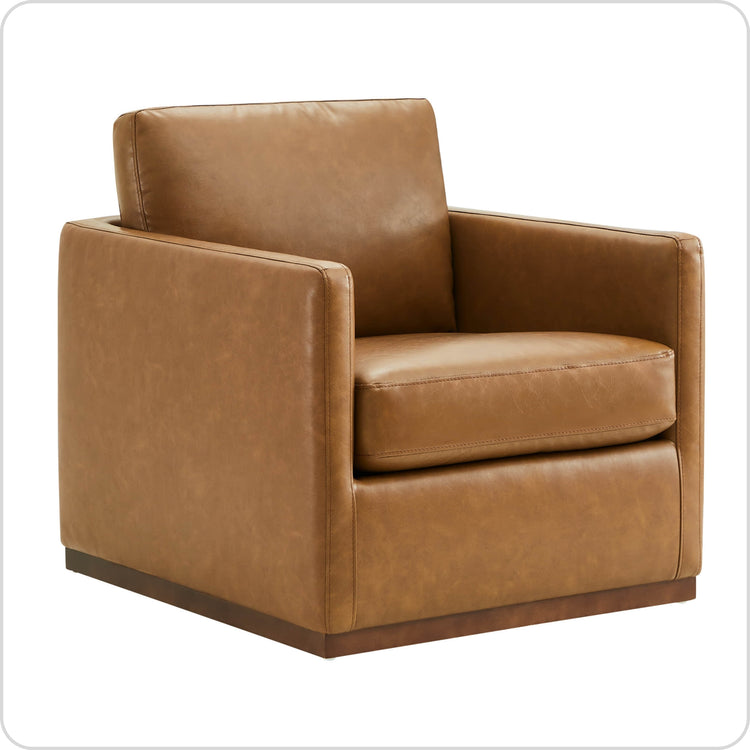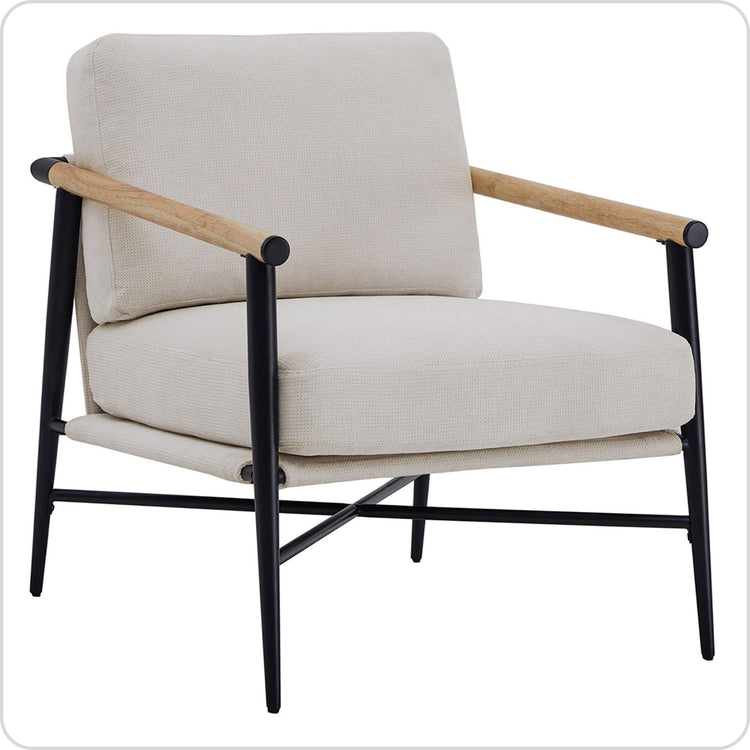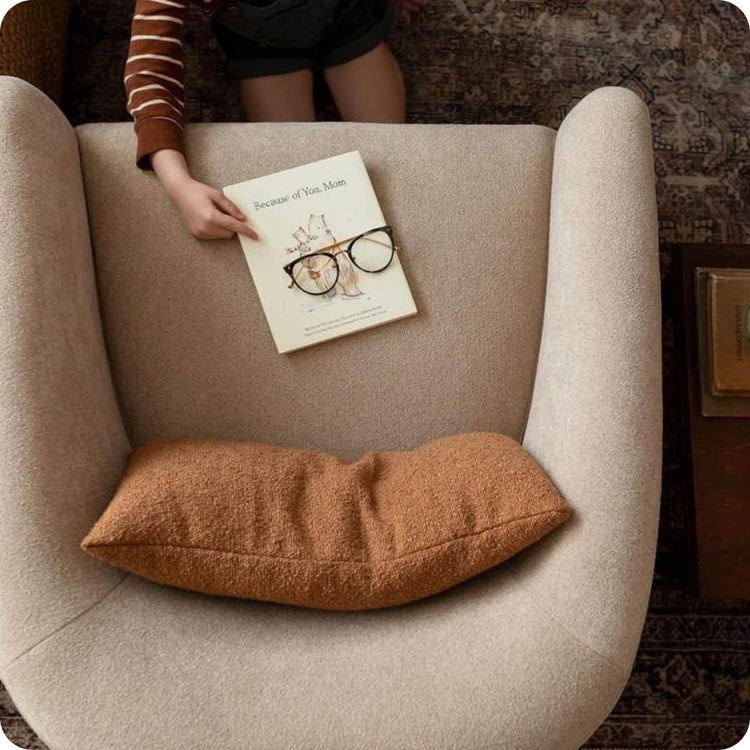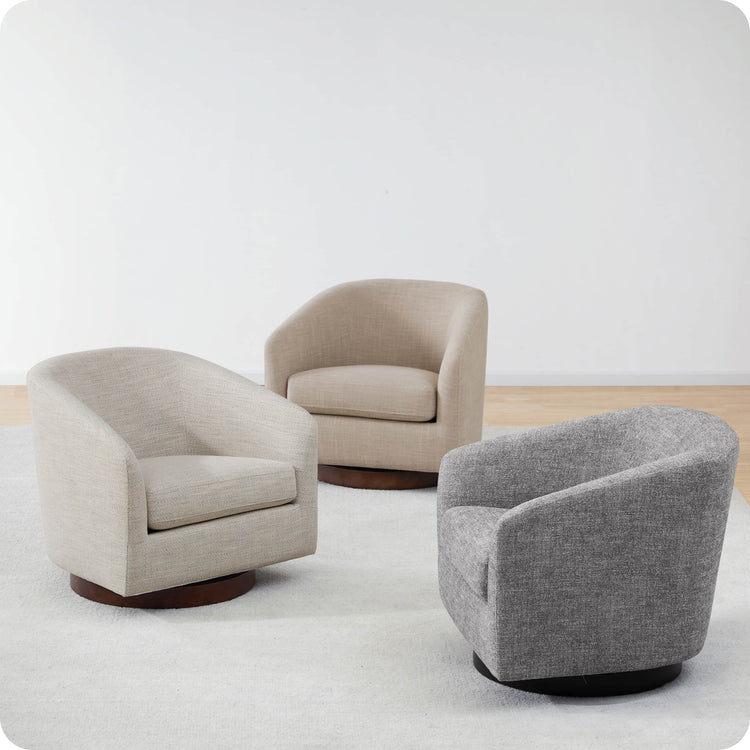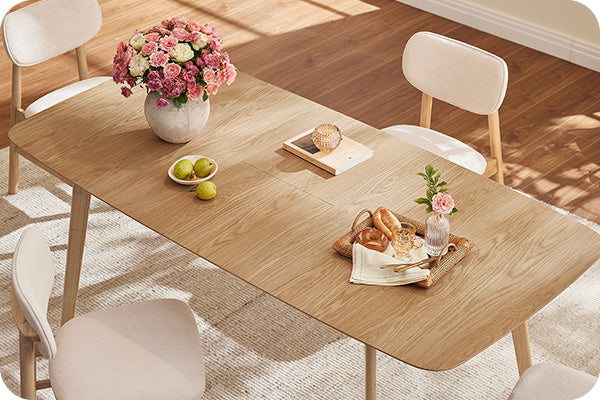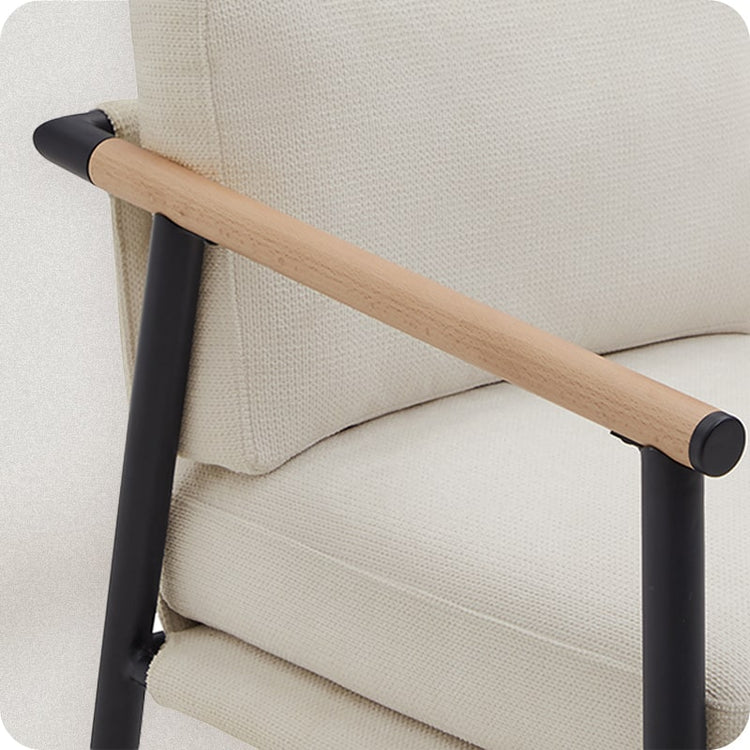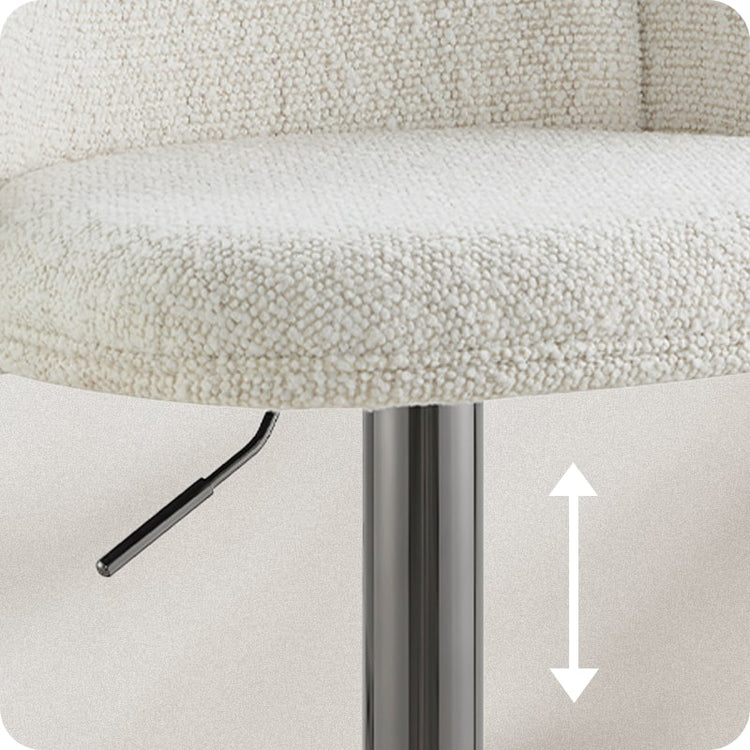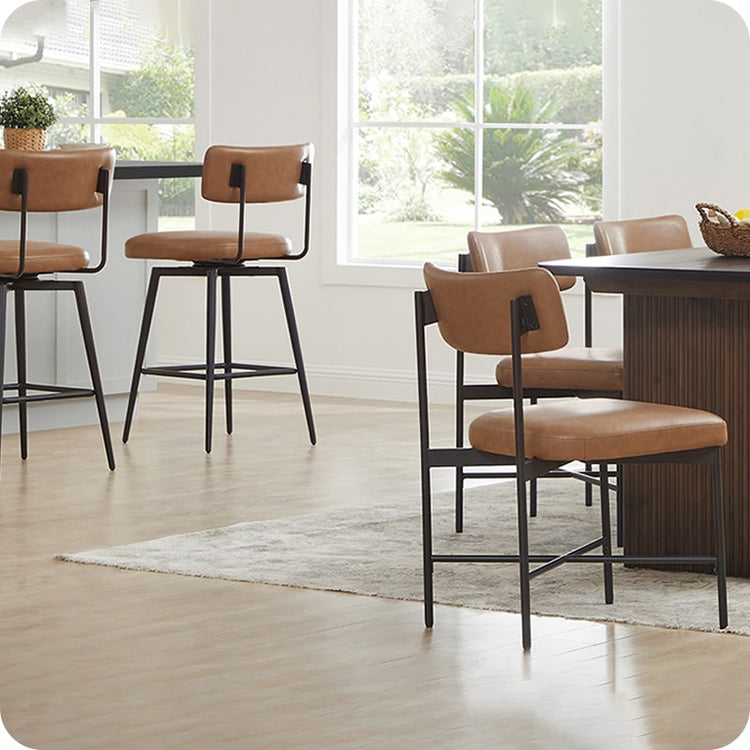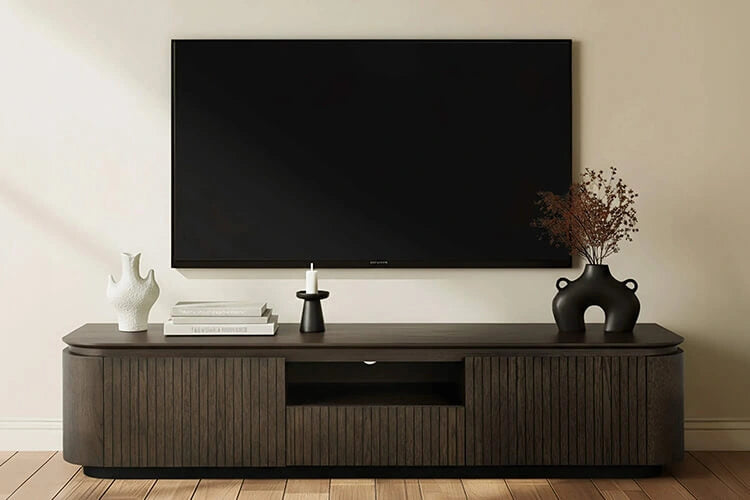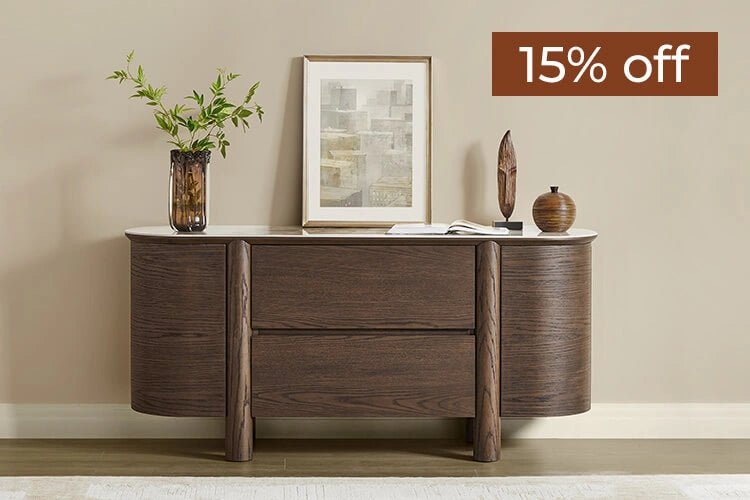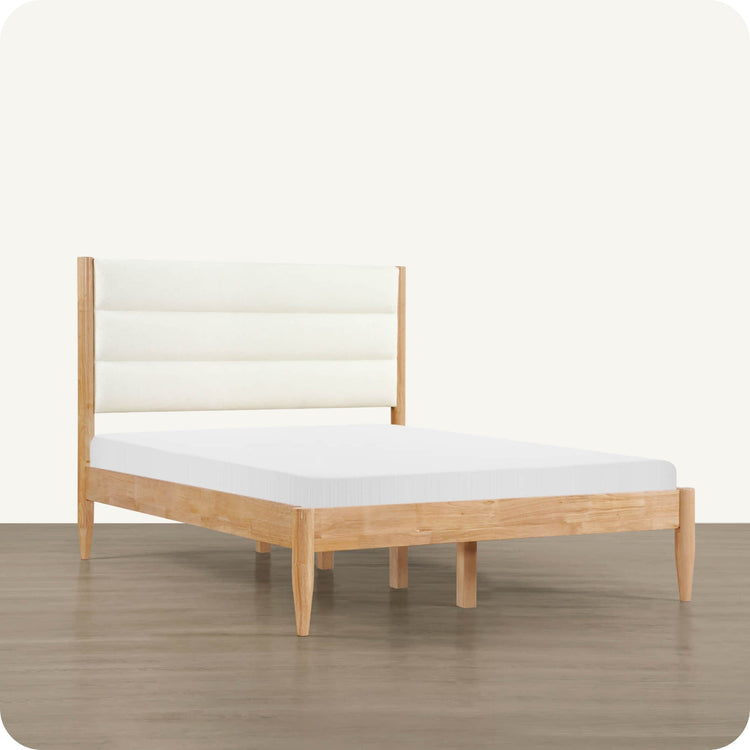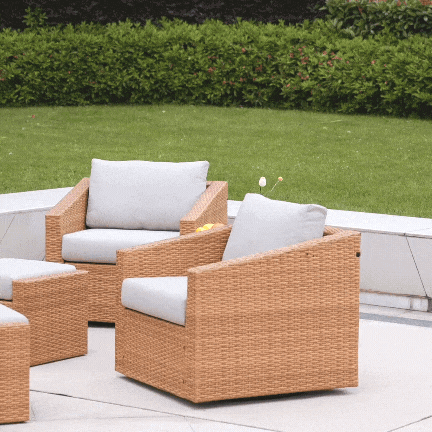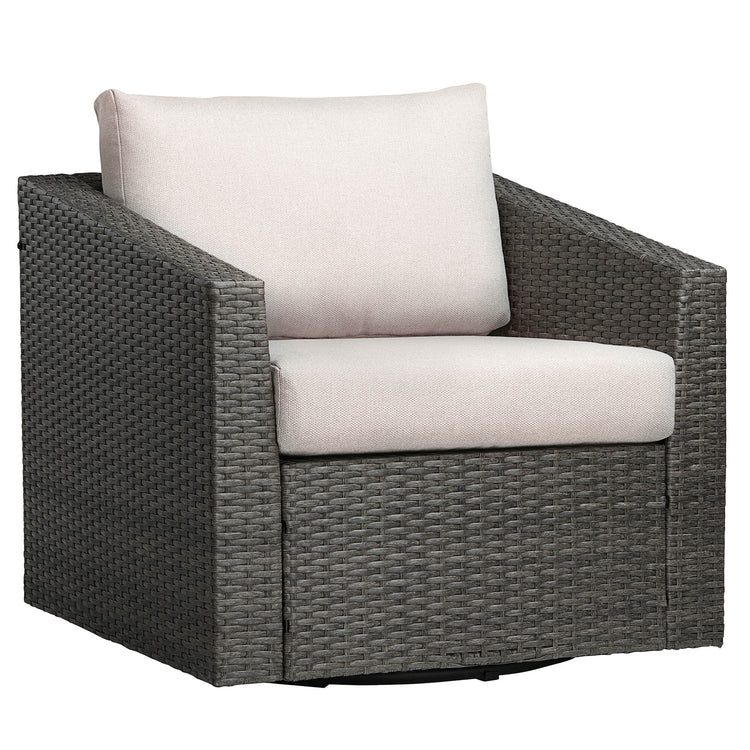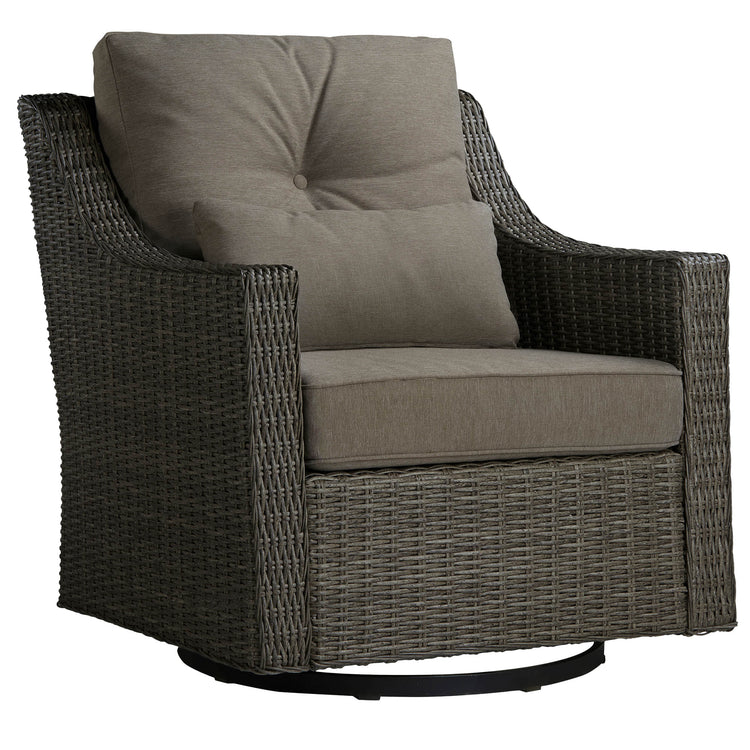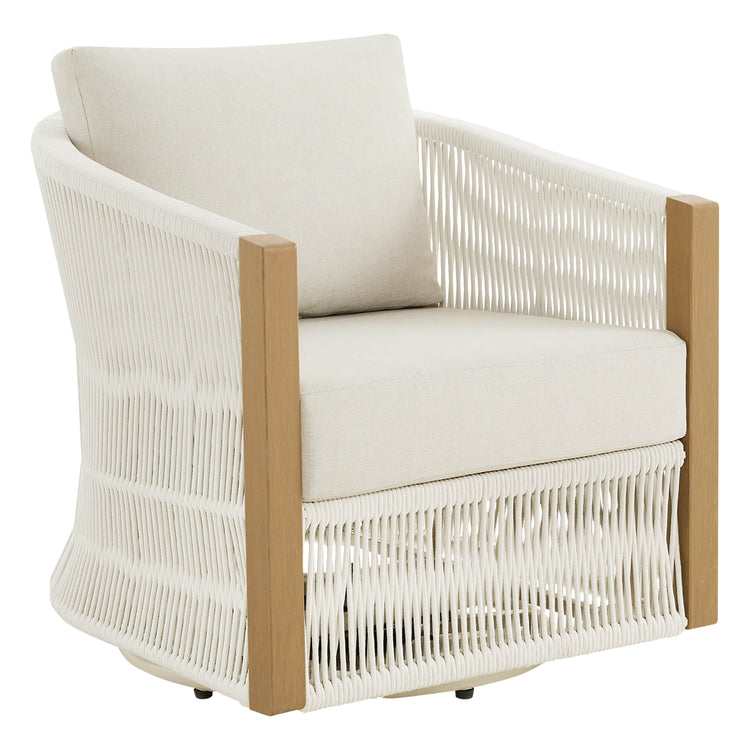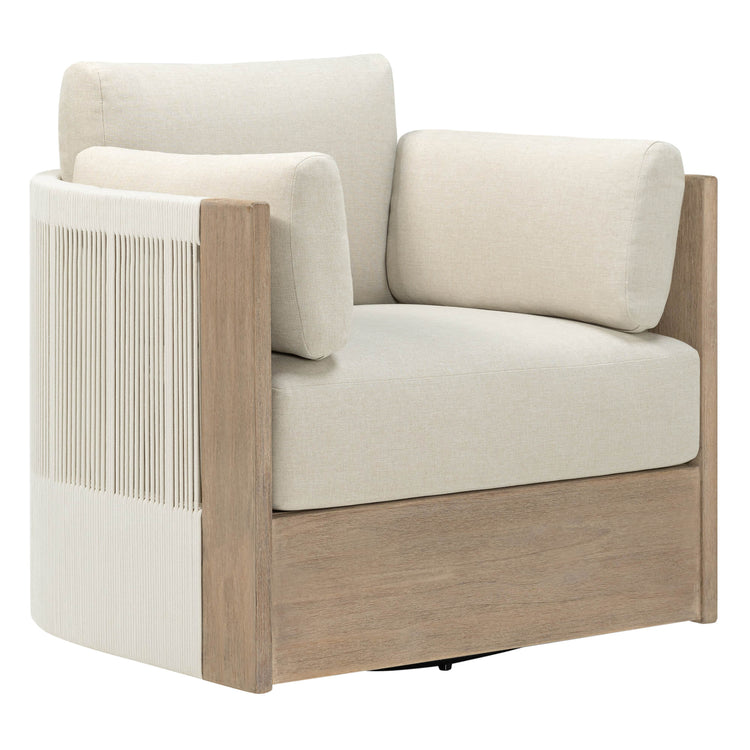Introduction
Selecting kitchen stools might seem a fairly straightforward exercise at first glance. Yet, choosing just the right height of stool for your kitchen counter holds more weight than might be immediately apparent. Not only does it immensely affect your comfort and posture while seated, but it also contributes to your kitchen's overall aesthetic harmony and functionality.
Health Benefits
Sitting in a chair or on a stool where heights aren't correctly calibrated is more harmful than you might think. This improper height forces the body into unnatural postures, which are both uncomfortable and harmful to the neck, back, and shoulders. Not only does this induce immediate discomfort, but over time, it can lead to the development of musculoskeletal disorders - chronic conditions affecting the body's movement or locomotor systems, including muscles, tendons, ligaments, bones, and nerves.

On the contrary, when the height of your stool aligns perfectly with your body dimensions, it aids in maintaining an ergonomic posture. This natural alignment decreases undue pressure on your spine and hips, diminishing the probability of developing persistent pain disorders. In addition, the correct stool height improves circulation, as it prevents blood vessel constriction from awkward sitting positions. Moreover, it promotes better digestion, as a well-supported, upright posture facilitates the smooth operation of your digestive system.
Recommended Formula
Choosing the ideal stool height isn't guesswork; having a proven formula at your disposal is advised: The 90-Degree Knee Bend Rule. Following this rule ensures that when you're seated, your feet comfortably rest flat on the ground, with your knees bent at a relaxed 90-degree angle. This position guarantees minimal strain on your hip and knee joints.
To apply this formula, measure the distance from the underside of your knee to the floor while standing, representing your lower leg length. Next, get the measurement from the floor to the underside of your kitchen counter or table (your desired workstation). Subtracting your lower leg length from the latter measurement will give you the ideal height for your stool.
Remember, these measurements should be carried out barefoot to avoid inaccuracies caused by differing heel heights.
Adjustability
The above formula works in most instances, but personal preferences and comfort can deviate slightly from the theoretically calculated dimension. Therefore, adjustable stools are an excellent investment. Adjustable stools, such as swivel bar stools equipped with hydraulic lifts, provide personalized height adjustments to cater to variations in individual needs – making them adaptable to users' different body structures and comfort levels.
These stools offer unparalleled flexibility, thereby becoming suitable for homes with inhabitants across various age thresholds and heights. They provide an inclusive seating solution that accommodates everyone: from children who are growing and hence require regular height adjustments to tall adults who would need more legroom, as well as elderly inhabitants who might need lower seating arrangements for comfortable access.

Specific Height Recommendations
While the formula for specific stool height selection serves as a general guideline, below are certain standard measurements you can follow based on the height of your counter or table:
- Table-Height Stool: If your table is approximately 28 to 30 inches tall (which is the standard height for most dining tables), then an ideal stool height would be 18 inches from floor to seat. This ensures that there is ample legroom and comfort when seated.
- Counter-Height Stool: For counters averaging about 35 to 37 inches in height (like most kitchen countertops), consider stools with a height of anywhere between 23 to 26 inches. This will keep your elbows at an approximate right angle when eating or working, thus promoting ergonomic positioning.
- Bar-Height Stool: Bar-height counters are usually around 41 to 43 inches from the ground, thus requiring a taller stool. Here, optimal stool heights range from 28 to 30 inches, ensuring comfortable access to the bar while sitting.
- Extra Tall Stools: These are ideal for novelty counters or unusually tall platforms which measure roughly 44 to 47 inches in height. Consequently, the stools must also scale relative to them -usually 33 to 36 inches tall.

Beyond these specific figures, it's important to leave a margin of about 9 to 13 inches between the stool seat and the underside of the table or counter for sufficient leg space. This gap helps avoid a cramped sensation and allows for easy movement.
Factors That Impact Ideal Height
Determining the perfect stool height isn't a one-size-fits-all solution. Various factors merit consideration:
- Arm length: If you intend to use your arms for tasks such as cooking or typing while seated, ensure your arms rest comfortably on the counter.
- Thigh length: Longer thighs generally necessitate higher stools – another reason why adjustable stools often prove beneficial.
- Spine curvature: Some people have more pronounced curves in their spines, requiring stools with ideal back support.
- Tasks being performed: If activities like eating, working, or socializing are expectedly frequent at the counter, pay extra attention to ensuring optimal stool height and comfort.

Final Words
In conclusion, when married correctly with the counter, a stool morphs into more than just a seat - it becomes an embodiment of comfort, a promoter of health benefits, and a harmonious addition to your kitchen aesthetics.
Do not overlook little details like the stool height when planning your kitchen seating layout. Invest adequate time and consideration into understanding your height requirements and any specific needs relating to the tasks you'll perform there. Remember, adjustability can go a long way in ensuring satisfaction for diverse users.
